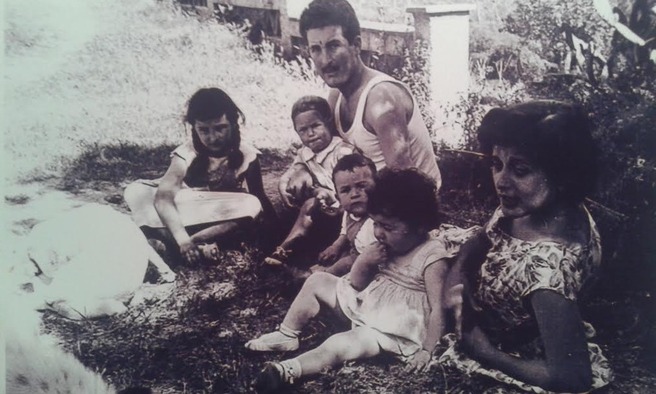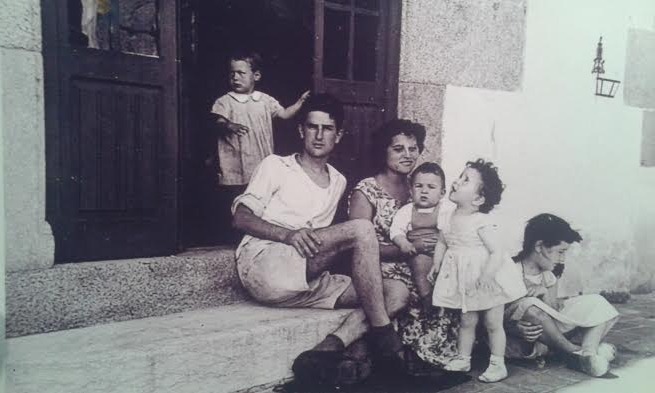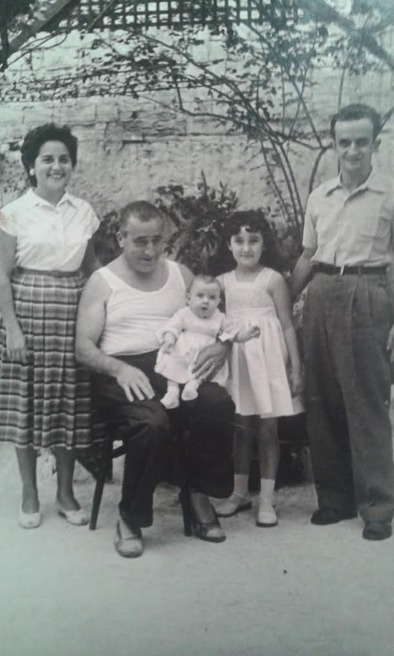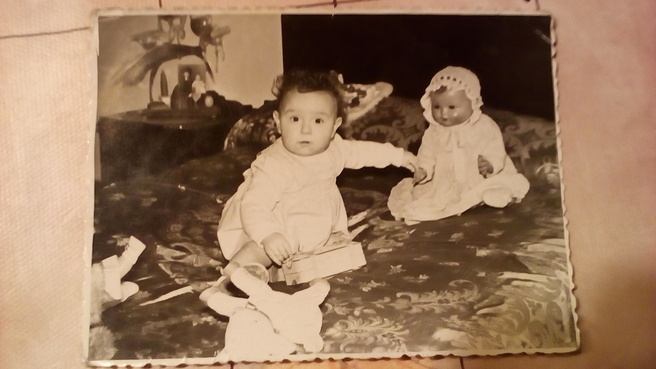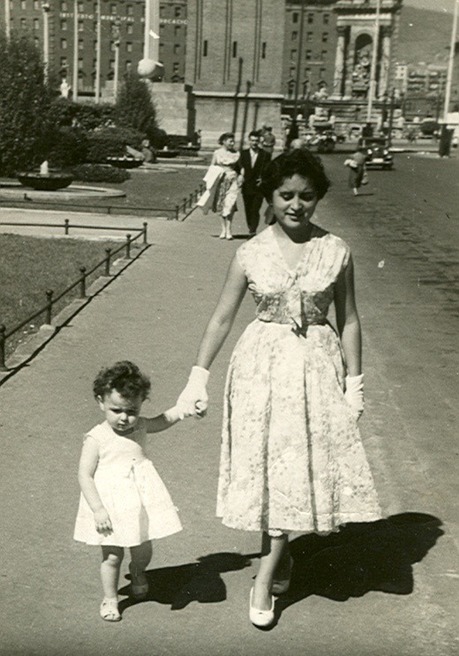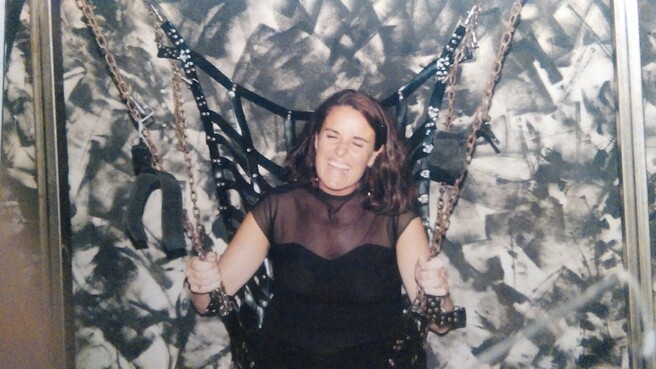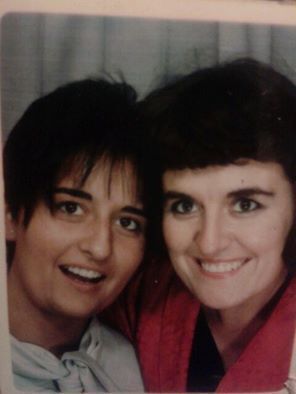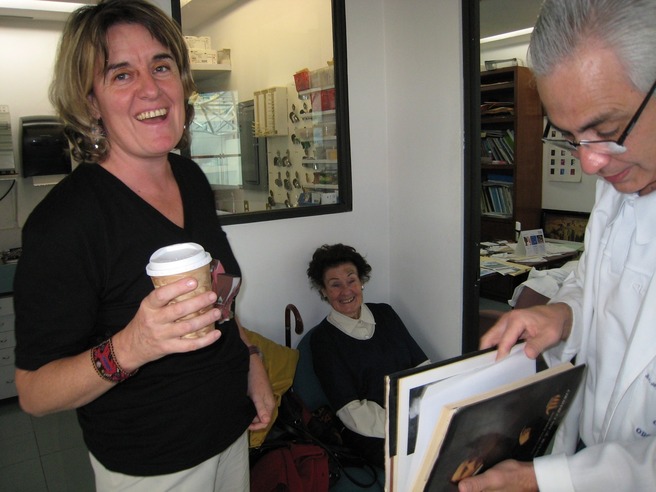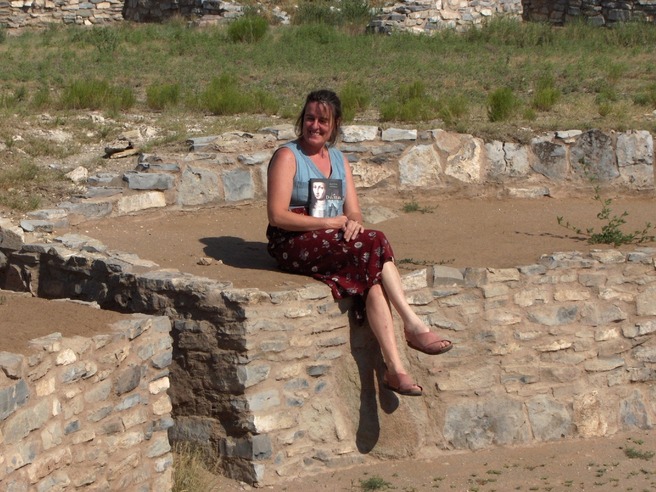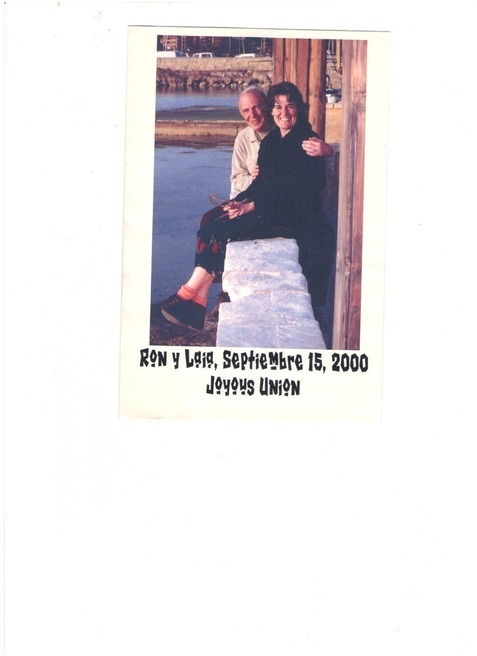Artistic Living
Strengthening our competence of soul, becoming aware of the tremendous power of fear in the world, living more from the region of the heart, developing imaginal cognition - all of these open the way to love. Still, one may ask, how can I tell when such efforts begin to bear fruit? They bear fruit from the moment we begin to shift our imagination even slightly. This shift begins when our encounters with fear go from being a burden to becoming a means through which we make the world holy. Fear desecrates, profanes, curses the world, and ultimately seeks to destroy it. Approached consciously, however, fear prompts us, through our inner capacities of imagination, to create something beautiful. This is why our stance towards fear must be one of neutralizing rather than destroying.
Although love can make a new world and effectively cancel the power of fear, it can only do so indirectly, through the beauty it inspires. Beauty, which here will be defined as the act of living artistically, is love made visible in the world. Artistic living consists of developing the ability to display, through our actions and attitudes, the power of soul and spirit in and for the world.
Through Love to Beauty
The shift of our imagination - from fighting against fear to bringing love into the world - comes not from the perception of less fear in the world, but rather from the perception of more beauty. Ugliness is the overcoat with which fear blankets the world, so if we are to counteract its presence, we have to connect with beauty. Working through fear to the central significance of love brings us to beauty as naturally as the darkness of night leads to the glow of dawn.
Beauty is an expansive concept, so we have to approach it by considering how it functions rather than trying to define its nature. It functions, first and foremost, as a question, a calling forth of the imagination to try to understand the depth of soul life. Once we have cleared away the torrent of fears that keep us so confined to the ugly, we will find a space within the heart that reverberates with the question: Why am I here? As long as we
are running scared, the question cannot be heard, but if we listen carefully, we can hear the question being asked, as continuously as the beating of our hearts. This question is the inner standpoint from which the possibility of artistic living originates.
How should we answer this crucial question? Being alive means so much to each of us. Could we deny that? Well, some people would. The circumstances of their lives may lead them to say that they do not want to be here. This is fear speaking through them. As fear dominates the life of the soul, people no longer feel a lust for life. Clear away this fear, even a little, and the exuberance returns.
Should we answer by saying that we’re here to seek happiness? A fool’s errand, since our happiness will always be fleeting, especially if it depends on material wants and desires. Perhaps we believe that we are here to prepare for the afterlife. We cannot forget, however, that we are now beings of Earth, and our lives here must also have a meaning. Perhaps we are here because Earth needs is. If we start with what meets our senses, if we are able to be present, we can experience Earth as a holy place. If we seek beauty in this direction and stand in awe of everything around us, love begins to find its larger purpose and fulfillment.
Our imagination is required to see that whatever we do should augment the beauty that surrounds us. All indigenous peoples live on Earth with this kind of respect for nature. In such cultures, Earth is not seen as a collection of animate beings and inanimate objects. Instead, all things are recognized as having their own soul and spirit, their own personality. Such an understanding is not regressive, it springs naturally from the act of releasing love into the world. But it’s up to us to find our own way to engage with beauty. As much as we may admire other cultures, we cannot replicate their efforts.
The path to beauty is found in the efforts we make to engage the holy as it exists all around us. From this point of view, beauty is an active presence, something we are called to, not a passive object waiting for us to appreciate it. Because the word beauty is irreducible to a single meaning, we ought to start by clearing a little ground for how we will approach it. Although our principal concern will not be with art, or with aesthetics, or
with the beauty of the natural world, nonetheless, we can learn something crucial about artistic living by describing a certain central aspect of all kinds of beauty.
Let us first consider the beauty of the natural world - the beauty of a sunset, a rainbow, a field of yellow flowers, a deer running through the woods, the majesty of a snow-capped mountain. When a thing appears beautiful it does so because it belongs together with the whole. The natural world functions as a whole, with each individual thing having its place within it. If you see a field of yellow flowers, it is in the context of of a landscape; that landscape in turn exists in relationship to other landscapes; and the blue sky overhead does not end at the boundaries of the field. If you walk into the field, cut a bouquet of flowers, and take them home, they still belong to the rain that fell on them, the ground that nurtured them, and the insects that thrived on their pollen. Beauty, rather than being something in itself, derives from these larger relationships. If we react in awe to a lion in the zoo, it is but a shadowy reflection of a lion in its natural surroundings. We hardly recognize it, but it is true.
Both the vase of flowers and the lion in the zoo have been taken from their living context. Their beauty does not vanish entirely, because they are still here in the world and belong within the whole. But they can lose their beauty if not approached in a way that honors their context. We honor the flowers by arranging them, an act of artistic imagination which may add something to their beauty - or diminish it, if our arrangements are haphazard.
In the same way, human beings are part of the whole. We exist within a context that includes absolutely everything. Although we function as individuals, we are not isolated. We are inextricably bound up with others, with the world, and with the wider cosmos. Even our bodies exist only as a nexus of relationships; it is the place from which the world opens for us. We are in a relationship with the air, with plant and animal life, with others, with the sun, the moon and the stars.
Our sense of individuality arises quite naturally with the emergence of ego consciousness. Only when fear enters to harden and crystalize our feelings of separation does this individuality come to feel like isolation. If we imagine
that we are nothing more than a complex object inserted onto the stage of the world, we lose the very connections that sustain the life of the sould. Although it’s logically possible to conceive of the human being in such isolation, it is not a fruitful way to live in the world.
We rely on a sense of the whole all the time. For example, the meaning of this sentence cannot be determined from the meaning of each word taken in isolation. Only as the words are read in relation to each other does the meaning of the sentence appear; the meaning of each word is thus dependent on the whole sentence. Likewise, when we awaken in the morning, we are part of the complete world., though we experience the meaning of that world only through the relationship of its many parts. As we discover the meaning of the totality, the whole in turn becomes an aspect of our perception of the parts. This imaginative consciousness of part-whole perception is key to the experience of beauty.
Art is different from the beauty of the natural world. A work of art exists wholly in itself. Some may say that a work of art exists only within the context of all other works of art., in the way that a flower in the field exists in relation to all the other things of the natural world. That is not correct. A painting, for example, is a complete unique world unto itself. Every true painter knows this. A painter cannot paint the parts of the painting in isolation - he or she has to paint with the whole image in mind. A novice painter has difficulty doing this because it requires a different mode of consciousness. The painter uses one brushstroke at a time, but the final painting consists of more than the accumulation of these parts. A true painter knows when she has made a wrong stroke of the brush; she realizes when she has fallen into painting just a tree rather than a landscape. And whereas wholeness already exists within the natural world, in a work of art it must be made.
The notion that wholeness, or beauty, exists only in a transcendent realm belies the way that artists actually create. Art is not a matter of making the imaginative realm real. An artist takes what is real and gives it imaginative form. In art, the imaginative is not made real; the real is made imaginative. An artistic image does not exist apart from the sensory presentation of itself.
Art does not exist for mere amusement, and when it tries to, it falls into decadence. Through art we experience spiritual pleasure, through the presence of something completely sensual. Such an artistic phenomena satisfies because it is both a sensory object and an imaginative display of soul and spirit qualities. Beauty in a work of art is always something real and direct. Art does not merely point us towards beauty, because it is sensory, it is a direct link to the realm of the soul.
Most theories of artistic creations confuse the impulse of art with that of religion. They approach artistic creation as if it were founded in revelation., either from the heavens above or from the inner depths of the soul. If this were so, a work of art could never be satisfying because a huge gap exists between the revelation and its expression. Just as when we have an insight and try to convey it in words, and feel the inadequacy of our words, the notion of bringing down inspiration from the spiritual world will always result in feelings of inadequacy.
We could think of religion and art as two currents working in opposite directions. Religion is based on spiritual revelations which become coded in texts and rituals. Art, at least in our time, is based on human efforts to elevate our sensory experiences to the spirit realms. Rudolf Steiner speaks of art as a “reversed cult”. He means, in effect, that the artist’s task is to create something of a spiritual nature from sensory materials, while the task of religion is to bring the soul and spirit domain into sensory expression.
Our task of making ourselves whole resembles the artistic model of creation more than the religious model. Most people who become interested in soul work do so out of a religious need. having given up on organized religion as a means of caring for the individual soul. Jung’s work, for example, stemmed from his difficulties with religion, which led him to establish a spiritual basis for psyche. Instead of listening to sermons, Jung said, one ought to listen to one’s dreams and work at knowing the inner gods as they are revealed through archetypal patterns.
I daresay, knowing that it will be controversial, that the psychology of Jung has not had and most likely will not have much effect on the process of bringing beauty into the world. Although his psychology has the potential to
renew religious sensibility, it has had virtually no effect on the making of beauty in the world. There is no Jungian architecture, drama, poetry, music or other forms of beauty stemming from his work. He came closest to understanding soul work that is world-oriented with his study of alchemy, but even there he missed the mark because he failed to see that alchemy was an art, concerned with real, sensory materials and their transformation into spiritual qualities through human agency. He placed no value on what the alchemists actually did and only looked at their psychic makeup.
I am not attempting to dismiss Jung and the larger field of depth psychology. His capacities of observation were highly developed, and we have to be thankful for his scientific training and dogged determination to know through observation more than through his mystical inclinations. This aspect of Jung services as a model for any true soul work. Approaching the question of how we can go about making ourselves whole relies completely upon the capacity for careful observation.
Painting and Vision
A painter takes color and form and arranges them so that we see an image that reveals the inner depth of the world. The painter’s visual imagination may turn outward, seeing beyond the surface of things into their inner qualities. It may also turn inward, seeing within the soul itself. In either case, the painter is able to see that color and form are living beings.
Where we may see just a red object, a static form with a colored surface, the painter feels the activity of such an object and seeks to capture it on the canvas. We may look at a field of sunflowers and admire its beauty, Van Gogh saw such an intensity of life in the vibrant yellow against the blue of the sky, swirling into each other, creating each other, that to make an image of what he saw almost killed him. With such vision, the painter does not just see what is before her, but sees a unified whole of color and form and is conscious of the fact that it is the soul making this perception. This kind of vision does not arise from the detached point of view of an omniscient spectator, but from a merging of the soul’s imaginative consciousness with the outer world. Regardless of the content of what the painter paints, this kind of seeing is involved.
That kind of observation captures reality more thoroughly than science, because it takes into account the viewer, not just as a theoretical construct, but as an actuality. Viewed in this way, the world no longer exists of things and events, but of living beings that display their nature only by being seen through the soul.
If we do not look deeply into the world and see its life in ways that are analogous to a painter’s vision, the world withers away and dies, even though on the surface it seems to go on as usual. The oceans become infested with oil because we really cannot see that they not only contain life, but are alive. The forests are ruthlessly cut away because we no longer can really see a tree. Vast areas of land give way to huge shopping centers because we cannot see the living landscape.
For anyone who begins to really see the world, vision can be painful. Although it may not be immediately apparent, much of the world around us is now dead. To bring our capacity to see to life, even a little, by taking the time and the care to look, shows us with tragic clarity how much fear already dominates the world. It takes spiritual courage to really look, but our efforts to see through the eyes of the soul without recoiling in horror will not go unnoticed by the world.
Posted with permission of Robert Sardello


